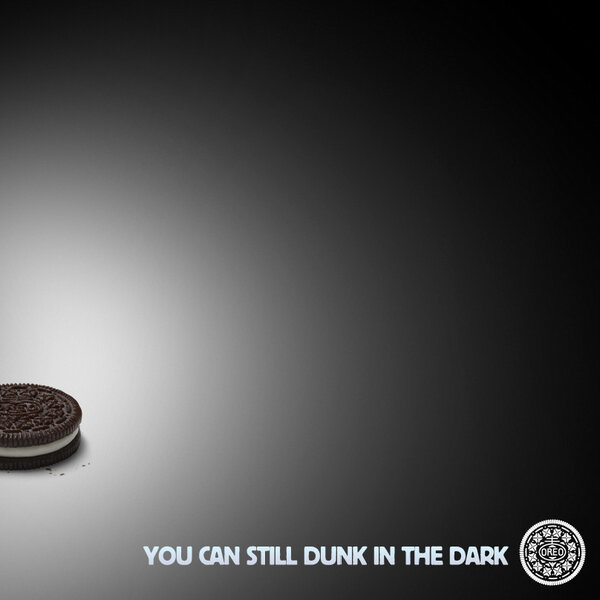From @patrickmeier to @kim26stephens, @_jsphillips to +Wendy Harman ... and @tamer_hadi ... the brain trust there was powerful ...
Patrick Meier got the day started and it was all about validation of SM data ... real-time analysis (which was further advocated by the people behind geofeedia ...) Here's a link to Patrick Meier's post where he talks about his presentation. It's full of essential links ....
Key questions of the day for me included:
- social data validation
- social media listening capabilities (in house v. external via VOST-type operation or other digital volunteers ...)
- operationalization of social listening activities .... where in the ICS or response structure (Tamer Hadi gave an interesting outlook on that ...) and Wendy Harman talked about the Red Cross Digital Operations Centre.
In the continuum of acceptance and integration of SM into EM ... the day provided further ammunition to convince those who still don't see the obvious (orgs that listen, respond better ...move at the speed of social media or be irrelevant ... use the tools your audiences use, meaning mobile tech, or run the chance of being ignored ...).
- EM as a comms/emergency info tool ... we got that one mostly covered
- finding more empirical evidence, case studies and academic research on the validity of social data ... we're now sitting on a pretty high mountain of results that show how valuable social media intelligence can be in a response/recovery
- operationalization fo SMEM/social listening in a response: the Red Cross and other organizations (particularly during Sandy) have shown how it can be done .... VOSTs continue to demonstrate that ...
- sustainability ... a key question that needs to be nailed down ... many organizations (official agencies and/or digital volunteer communities/VOSTs) still depend on too few individuals which limits surge capability and sustainability ...
- rendering the social data into actionable intelligence for command or the EOC ... an ongoing process as ICS forms are being adapted ... lack of standards might be an issue ... but some people are leading the way ... so stay tuned ...
All in all, SMARMIE was a great learning opportunity ... alas I had to do it remotely but I was there in spirit with my #smem "compadres" ...



